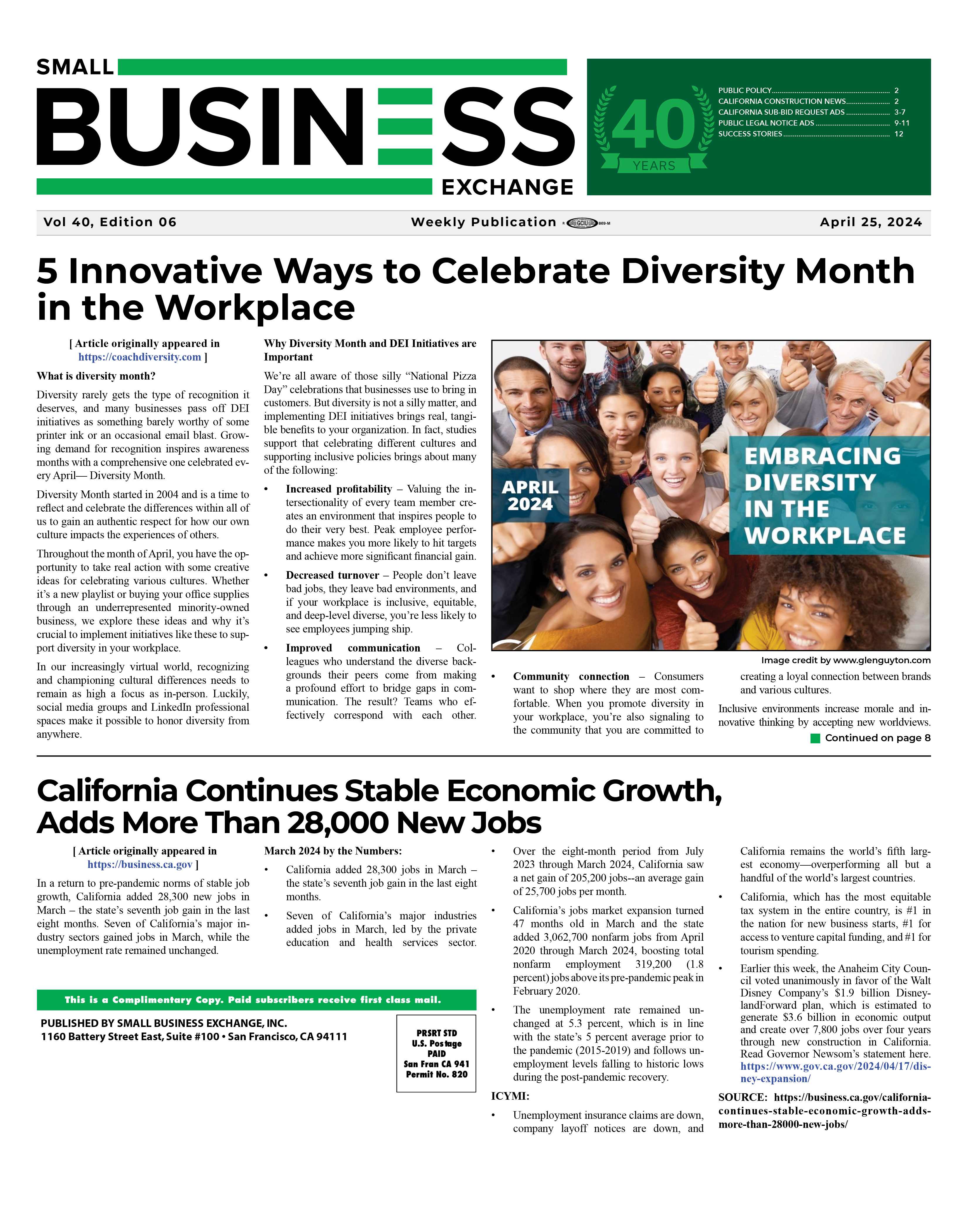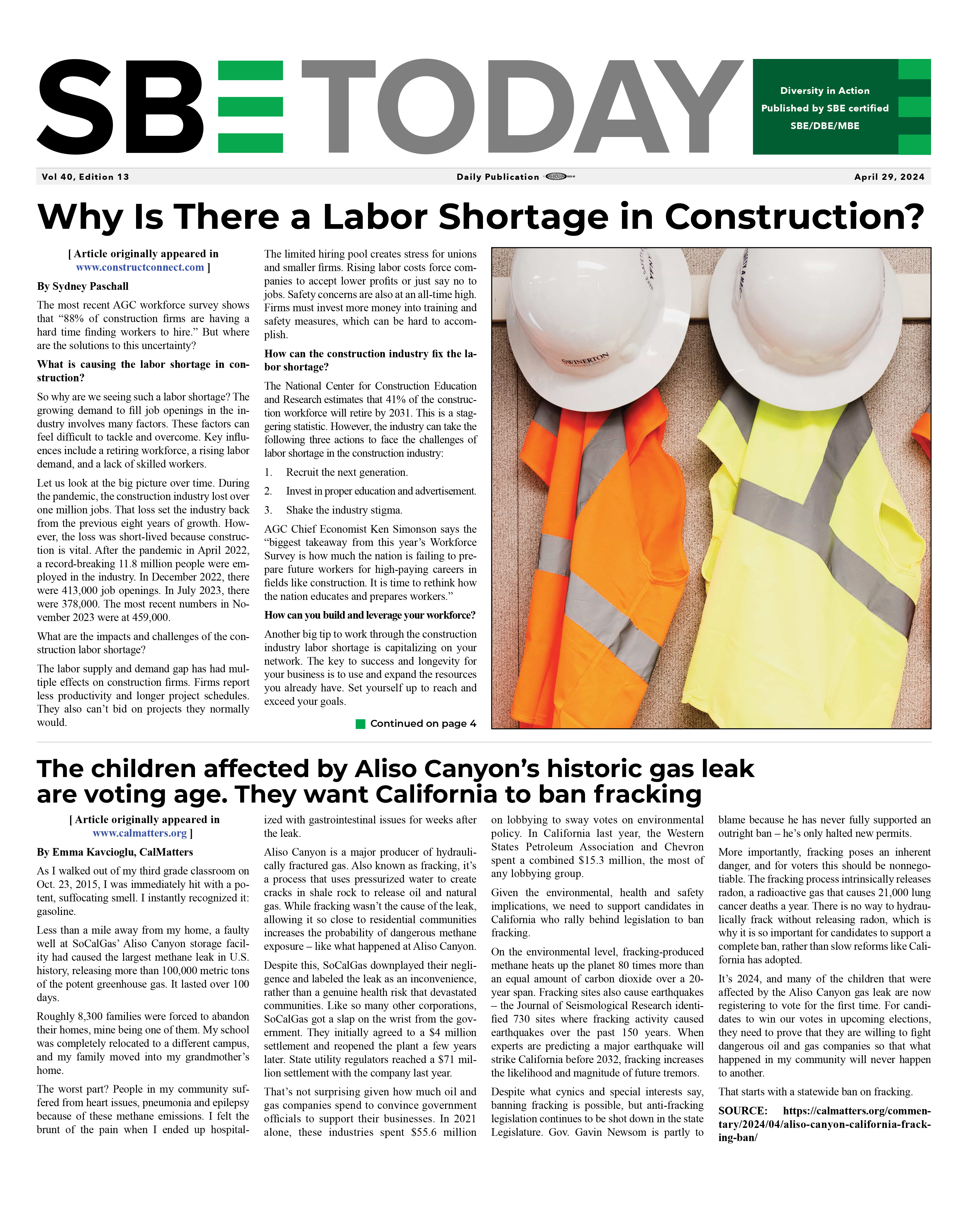|
|
Remarks by Deputy Secretary of the Treasury Wally Adeyemo at the Black Economic Alliance
06/30/2023
As Prepared for Delivery
Thank you so much, Sam, for inviting me to address the Black Economic Alliance’s board today. You have been an incredible partner to the Biden-Harris Administration as BEA’s President, serving as a sounding board for our proposals to advance racial equity, a thought partner who has brought new ideas to the table, and a fierce advocate who has championed our agenda and kept us accountable for our commitments to Black families, neighborhoods, and businesses. I’m grateful for the chance to spend time with you as our country celebrates Juneteenth for the third time as a federal holiday, though the history of this celebration dates back to the 19th century. During his first year in office, President Biden signed the Juneteenth National Independence Day Act, after years of advocacy from Black leaders like Representatives Barbara Rose-Collins and Sheila Jackson Lee, giving this day the recognition it deserves as a foundational moment in our nation’s history. Though it would take nearly another century for Black Americans to have the right to fully participate in our nation’s political system and economy, Juneteenth represents a vital first step on that journey. When President Biden took office, the COVID-19 pandemic was still ravaging communities across the country and causing untold economic hardship that hit Black Americans especially hard. The Black unemployment rate peaked at 16.8 percent in May 2020—meaning that more than one in six Black workers were unemployed. As jobless rates climbed, millions were put at risk of losing their homes to eviction. This risk was especially acute in Black communities, where Black renters have historically accounted for about one-third of eviction filings.[1] The President, Secretary Yellen, and our whole economic team knew that we were at a pivotal moment that could determine the economic trajectories of millions of Americans for decades to come. We viewed it as our responsibility to do everything in our power to prevent the economic scarring that can come with these shocks, the long-term damage that too often prevents people from ever getting fully back on their feet. The President signed the American Rescue Plan into law to help our economy get out of this deep hole and back on the path to growth. And he made sure it included provisions that would give communities of color the support they needed to get through the pandemic and build a better economic future afterwards. This includes programs like the Emergency Rental Assistance Program, of which 46 percent of assistance went to Black families to prevent evictions, and programs like the State Small Business Credit Initiative, which includes $2.5 billion in funding and incentives to support underserved small business owners. And these Treasury programs come on top of hundreds of billions in small business support provided by the Small Business Administration through programs like PPP, Economic Injury Disaster Loans, and many other lending programs. These actions have led to historic economic gains for Black Americans over the last two-and-a-half years. In recent months, the job market has never been more favorable for Black workers. In April, Black unemployment fell to a record low of 4.7 percent—the first time it has even fallen below 5 percent.[2] At the same time, the gap between Black and white unemployment also hit its lowest level on record, at just 1.6 percentage points. That compares to more than three times that in 2020 and more than seven times that in 1983.[3] At the same time, the number of Black active business owners in the U.S. increased 9 percent from the first quarter of 2021 to the end of 2022.[4] We helped avoid much of the economic scarring that has so often accompanied downturns. Our anti-eviction policies succeeded in preventing what many feared would be a tsunami of evictions in Black communities. In 2021, eviction filing rates in Black neighborhoods were just 5.3 percent—compared to a historical average of over 12 percent.[5] Our actions helped put an economic floor under millions of vulnerable Americans, especially in communities of color. The Black Supplemental Poverty Measure—which accounts for government benefits—fell from 18.2 percent in 2019 to 11.2 percent in 2021,[6] while Black child poverty hit its lowest level since 2009.[7] These are meaningful milestones that are indicative of our commitment to serving America’s communities of color and to changing the landscape of economic opportunity. But recovery from the pandemic is not enough. Going forward, President Biden has put in place a legislative blueprint to create generational economic growth and wealth. To start, the President’s actions will help close the digital divide. Roughly 40 percent of Black households in America lack fixed, high-speed broadband access.[8] In both the rural South[9] and dense urban areas alike,[10] Black Americans are about twice as likely as their white counterparts to lack high-speed internet access. President Biden has given us the tools to address this disparity, including $10 billion through the American Rescue Plan’s Capital Projects Fund. Treasury is responsible for implementing this program and since last June we have awarded nearly $7 billion for broadband projects that are connecting millions of Americans to high speed internet across the country. Coupled with the workforce investments we are making through the American Rescue Plan and CHIPS Act, this will turbocharge the gains Black workers have already made. For example, the CHIPS Act includes dedicated funding to support STEM programs at Historically Black Colleges and Universities and Minority Serving Institutions to help people of color enter the STEM workforce and benefit from the opportunities the CHIPS Act will create. Alongside programs like SSBCI, Treasury has taken action through policy and collaboration with the private sector to expand capital access in Black communities. Under the Emergency Capital Investment Program, we’ve invested nearly $9 billion into financial institutions with a track record of reaching and serving communities of color—including community development financial institutions and minority depository institutions—to expand and enhance their lending activities and operations. Over $3.1 billion of that amount was invested in minority depository institutions. We have been thoughtful about the way we have implemented this program, strategically incentivizing “deep-impact lending,” such as loans to low-income and minority borrowers and underserved small businesses, to help level the playing field for borrowers that face the greatest barriers to accessing capital. Meanwhile, Treasury’s Community Development Financial Institutions Fund (CDFI Fund) has deployed historic amounts of grants to CDFIs and MDIs under this Administration, including $1.73 billion to more than 600 CDFIs earlier this year, in April the largest program in history. And thanks to our work with the Economic Opportunity Coalition (EOC), a group of nearly 30 private sector organizations and foundations working to support the Administration’s economic agenda in underserved communities, we were recently able to announce that EOC members are putting over $1 billion in deposits into these financial institutions to help ensure that can fully take advantage of our capital investments We are also taking concerted steps to help ensure the economic opportunities created by the Inflation Reduction Act (IRA) and the transition to the clean energy economy are shared by all Americans, especially communities of color. For example, the investment tax credit for solar and wind projects includes a substantial bonus for facilities built in low-income communities. I’ve heard from Black communities directly—in roundtables at Treasury and on trips to places like Atlanta—about the ways this provision will enable them to make investments that will lower energy costs for their residents and create new jobs and economic opportunities. According to outside estimates, the IRA will support as many as 9 million clean jobs.[11] We are working hard to ensure that communities of color are positioned to share equitably in these gains. In my view, there are deep commonalities in the challenges facing different low-income communities—from rural white Americans who have been increasingly left out from economic opportunity to communities of color who too often never had it to begin with. Recently, I wrote a short blog post detailing the ways the approach to racial equity we are taking not only helps Black Americans but struggling white Americans too, as well as underserved communities across the country. It is our deeply held belief that actions that serve one vulnerable community also create opportunities in others—that by focusing on helping the least well-off, we can build an economy that works for everyone. Let me close by returning to where I began. Juneteenth marks one of the earliest turning points in our nation’s history toward a better future for people of color. It commemorates the first of many steps Black Americans have taken toward a more inclusive and equitable society, one that affords them the opportunities they deserve. This Administration is committed to taking more of those steps—to working with you to walk the road toward racial equity through policies that empower Black Americans and enable their full participation in our economy. I know there is so much more to come, and I look forward to working with you to make the most of this generational opportunity. Thank you again. [1] https://evictionlab.org/demographics-of-eviction/#:~:text=The%20absolute%20and%20relative%20disparities,Latinx%20women%20than%20Latinx%20men).
[6] https://www.americanprogress.org/article/the-latest-poverty-income-and-food-insecurity-data-reveal-continuing-racial-disparities/
[7] https://www.census.gov/library/stories/2022/09/record-drop-in-child-poverty.html#:~:text=In%202021%2C%20the%20child%20poverty,2009%20to%208.1%25%20in%202021.
[8] https://www.mckinsey.com/industries/public-and-social-sector/our-insights/closing-the-digital-divide-in-black-america
[9] https://jointcenter.org/joint-center-report-highlights-deep-inequity-in-broadband-access-across-the-black-rural-south/
[10] https://www.mckinsey.com/industries/public-and-social-sector/our-insights/closing-the-digital-divide-in-black-america
[11] https://www.bluegreenalliance.org/site/9-million-good-jobs-from-climate-action-the-inflation-reduction-act/SOURCE: https://home.treasury.gov/news/press-releases/jy1553 Back To News |
|




